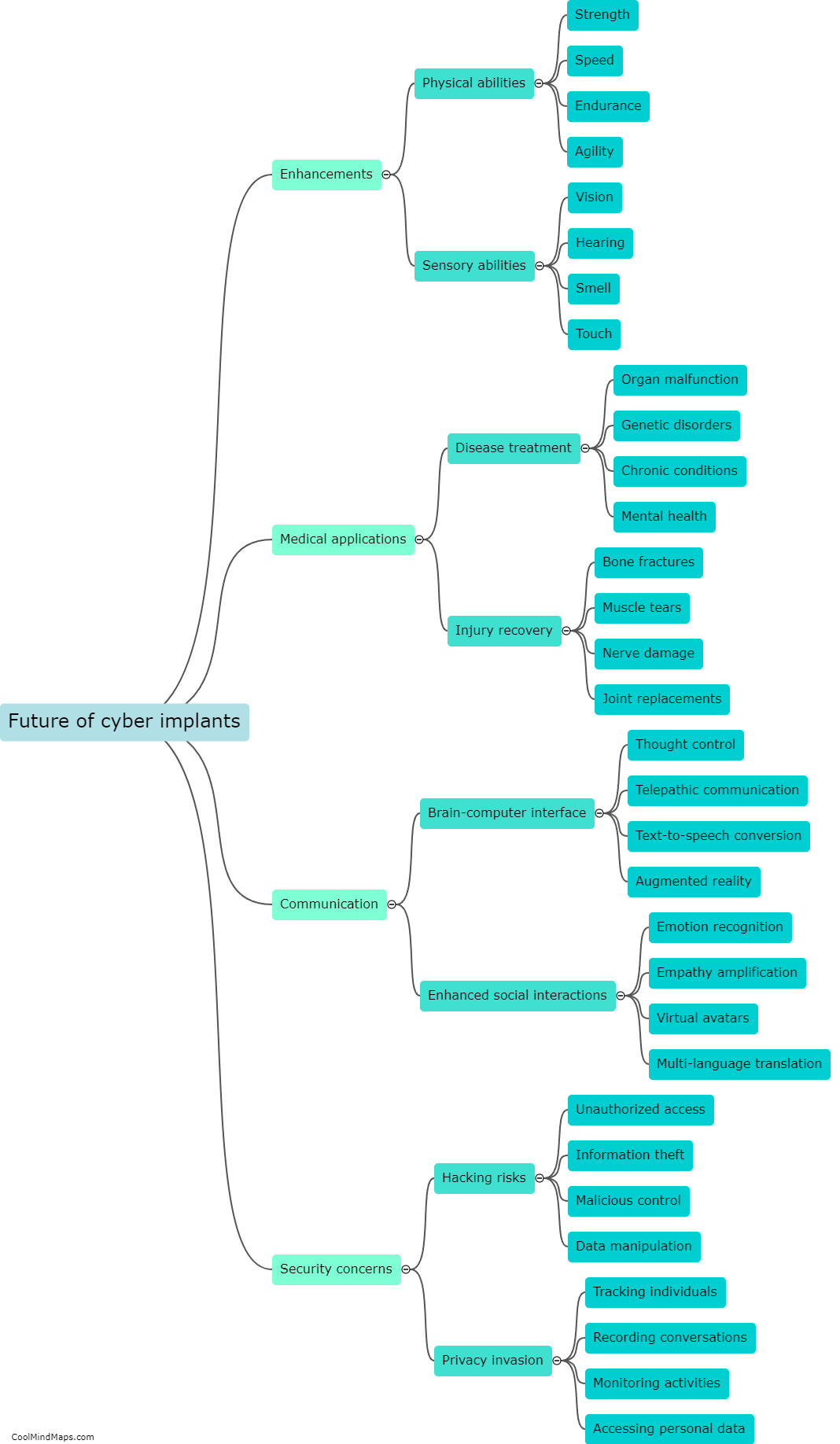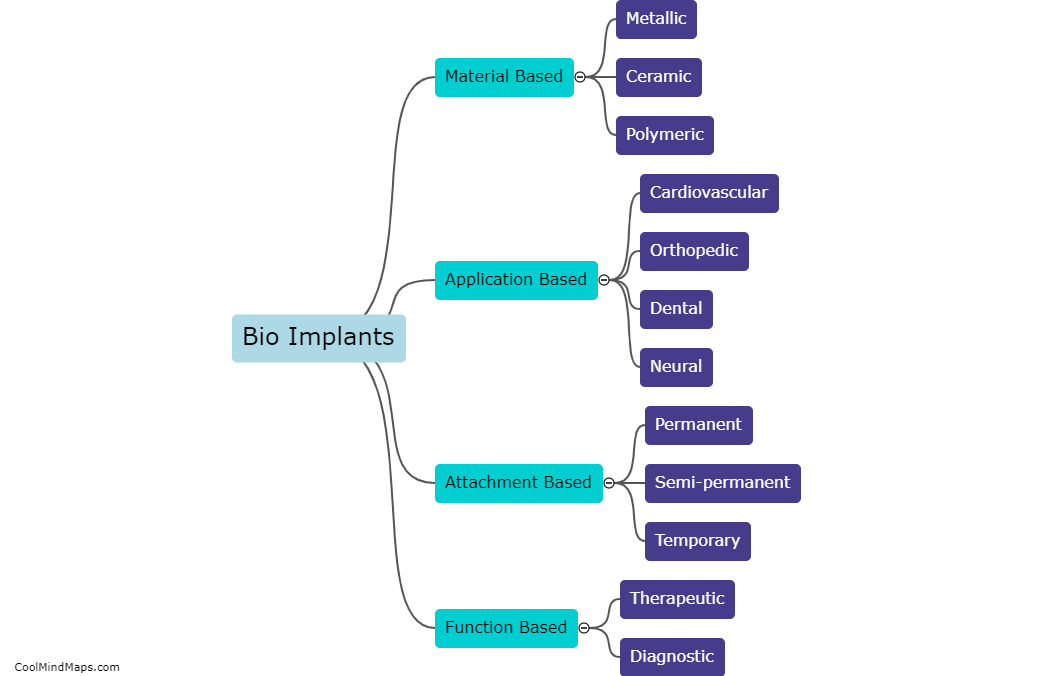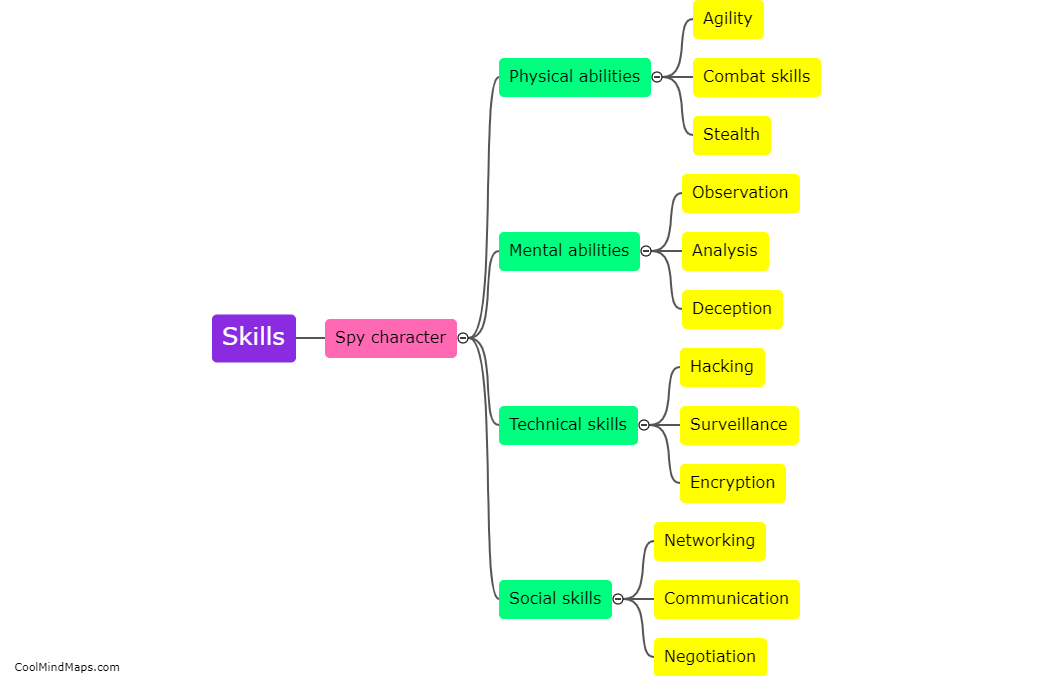How do bio implants integrate with the human body?
Bio implants, such as pacemakers, cochlear implants, or artificial limbs, are innovative medical devices that aim to restore function or improve quality of life for individuals with disabilities or health conditions. These implants are specifically designed to seamlessly integrate with the human body. The integration process involves two main aspects: mechanical and biological. Mechanically, bio implants are usually made from biocompatible materials, such as titanium, that are safe for long-term implantation. These materials ensure that the implant does not cause any allergic reactions or rejection by the body. Biologically, the implant's surface is engineered to encourage the growth of cells and promote tissue bonding, allowing the body to accept it as a natural part. Moreover, in some cases, bio implants incorporate sensors that can communicate with the surrounding tissues or the nervous system, further enhancing the integration and functionality of the device. Overall, bio implants offer innovative solutions by effectively integrating with the human body, thus improving the health and well-being of countless individuals.

This mind map was published on 3 December 2023 and has been viewed 96 times.











